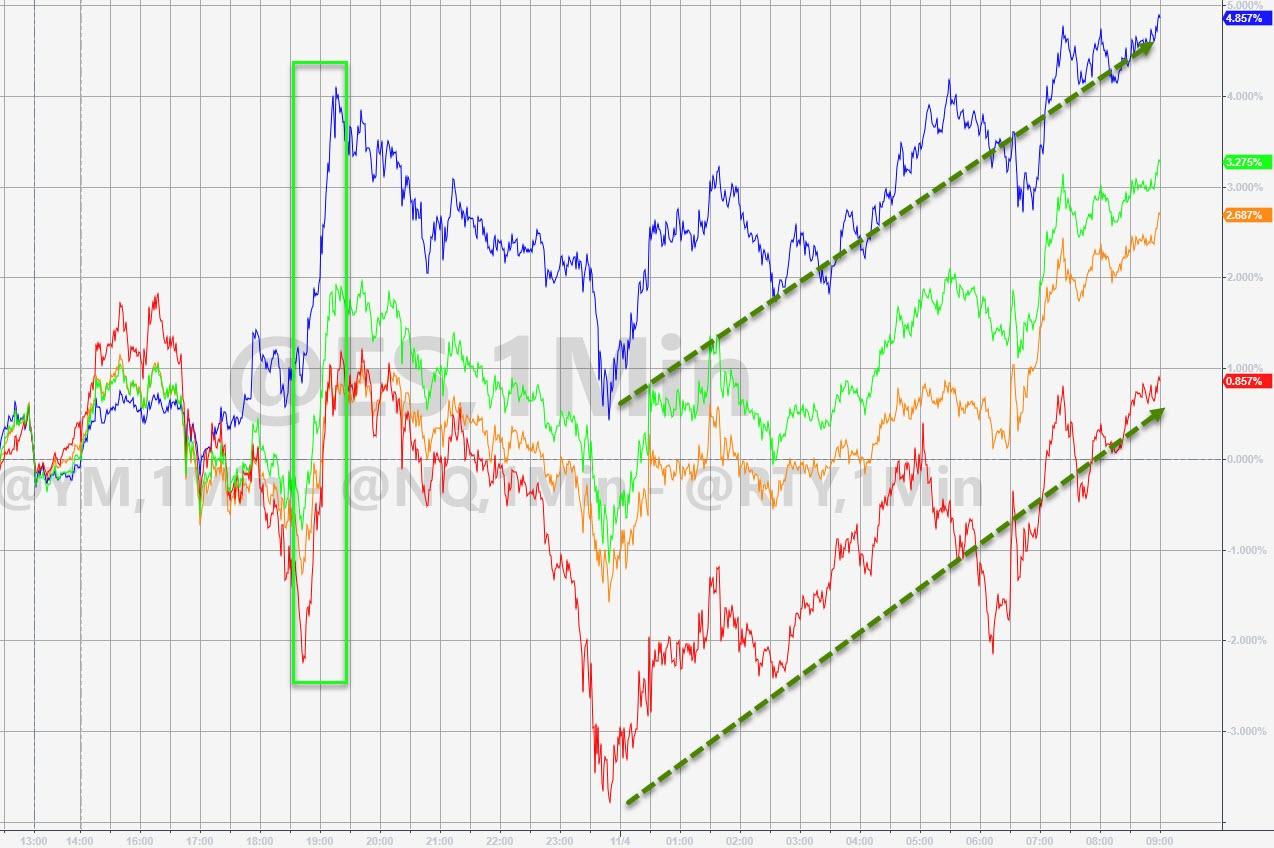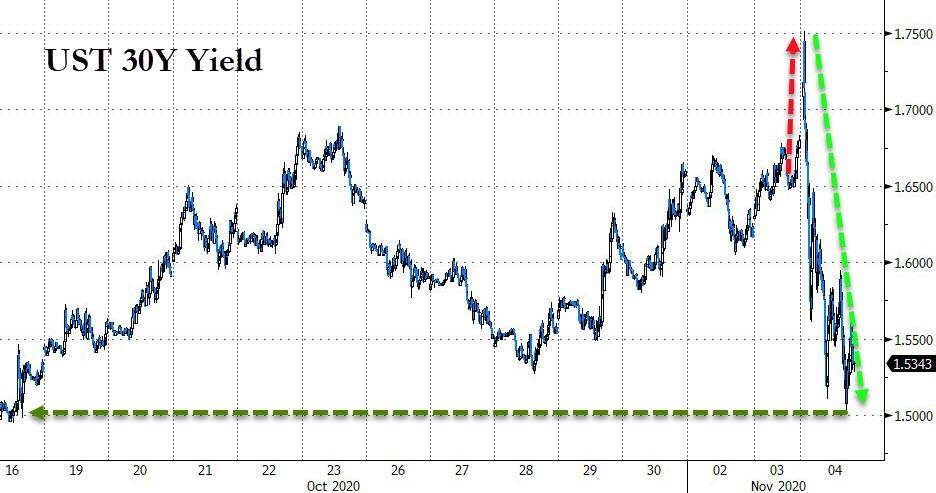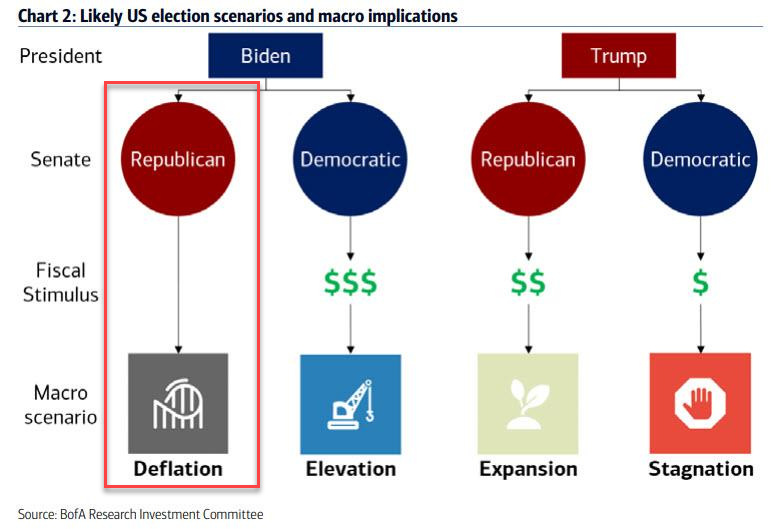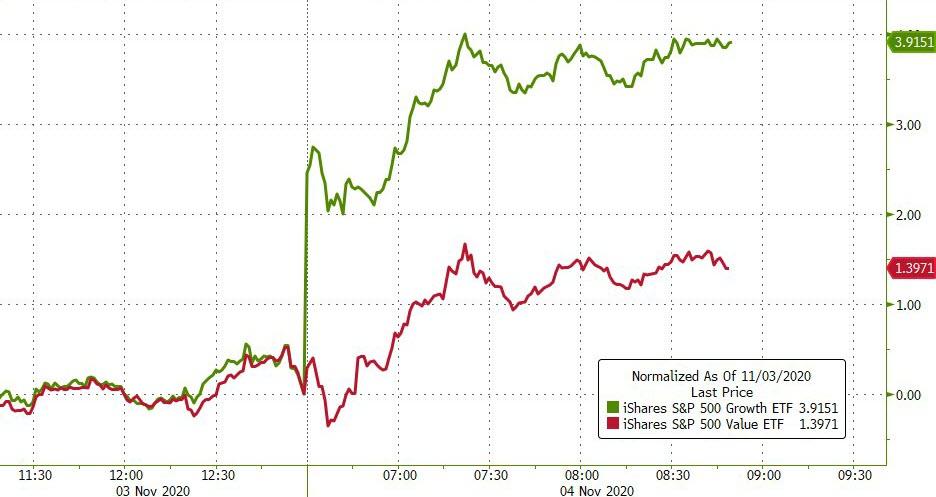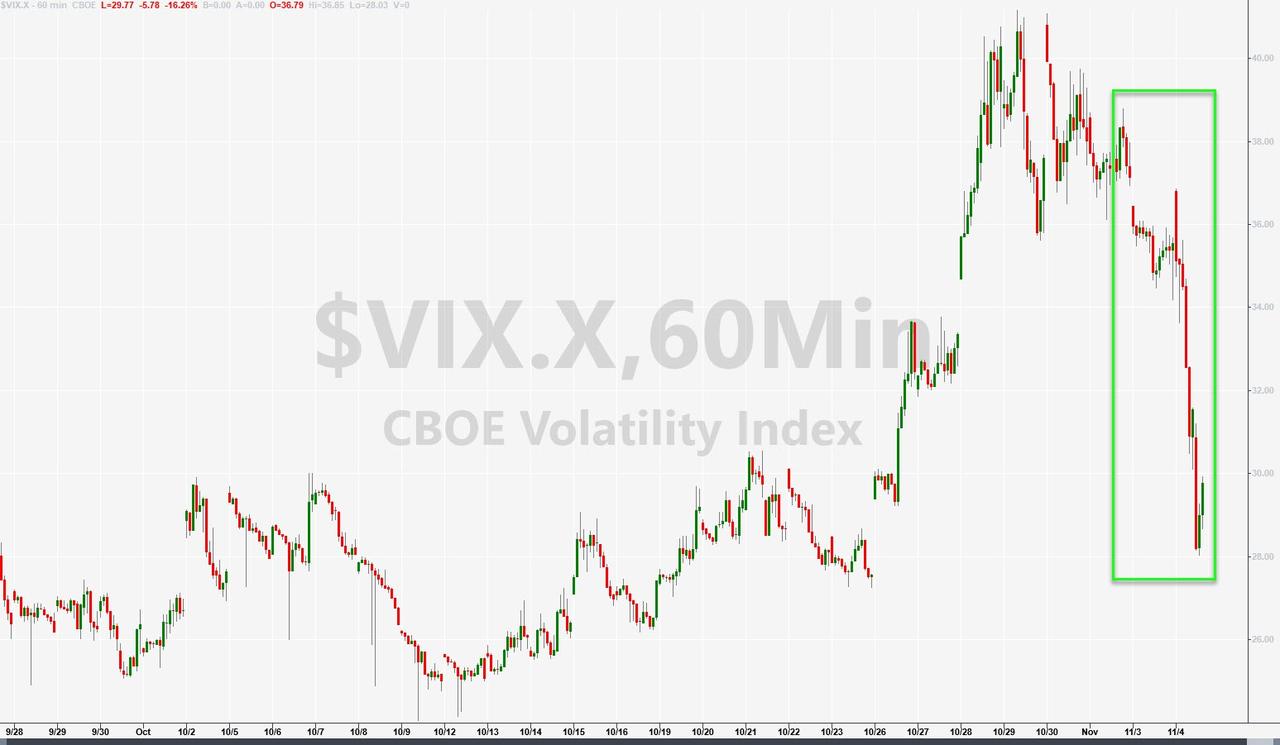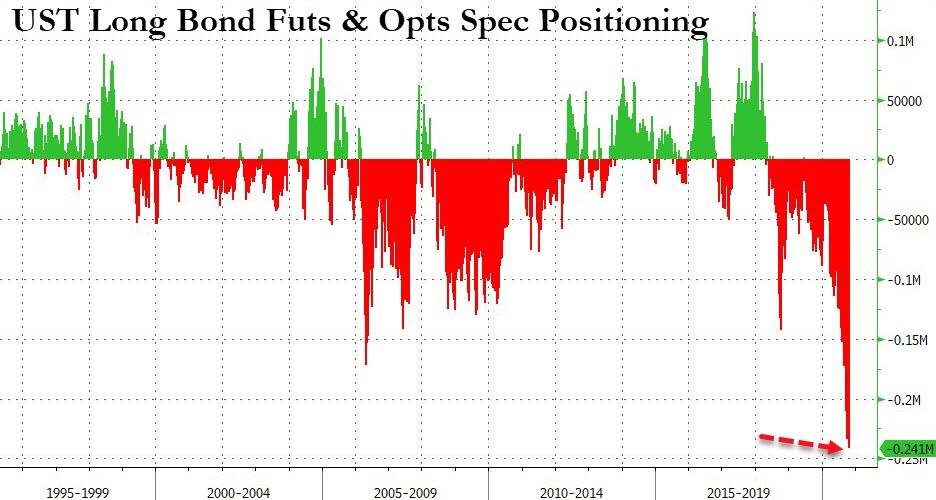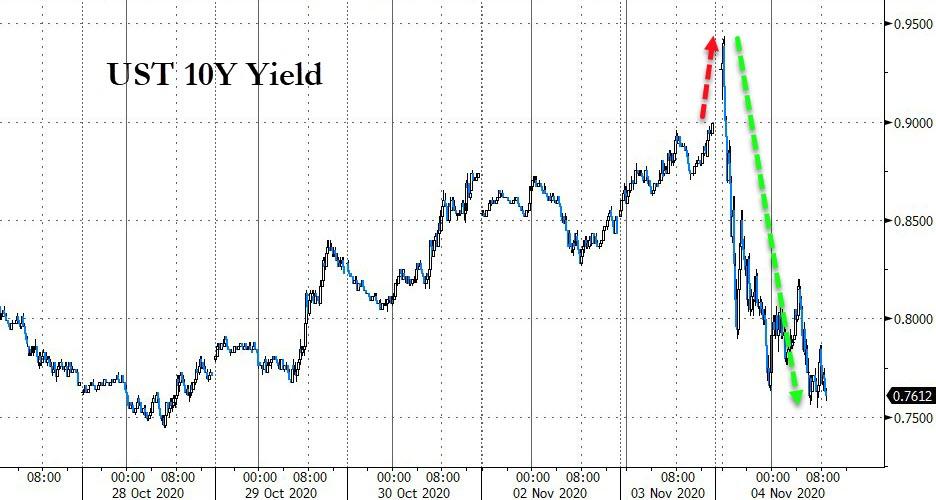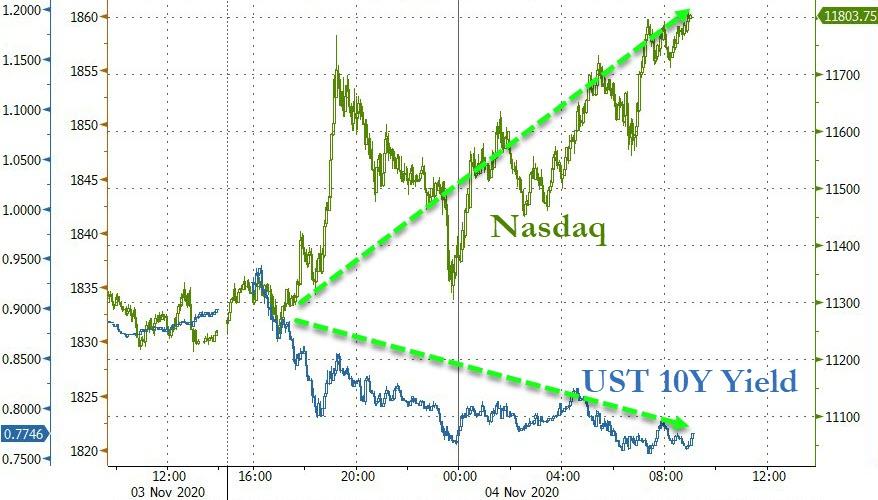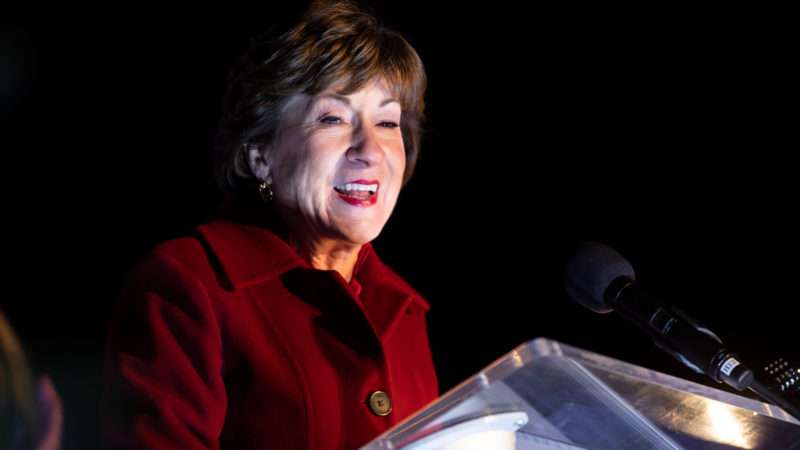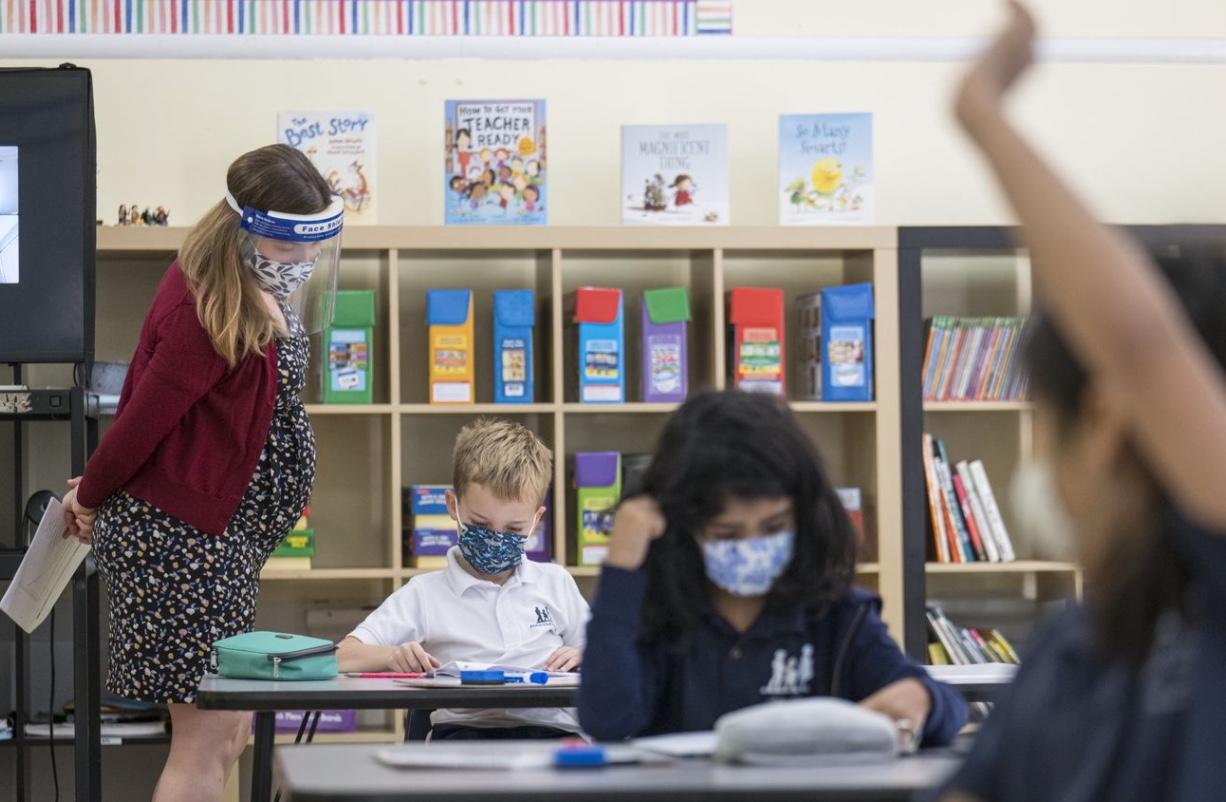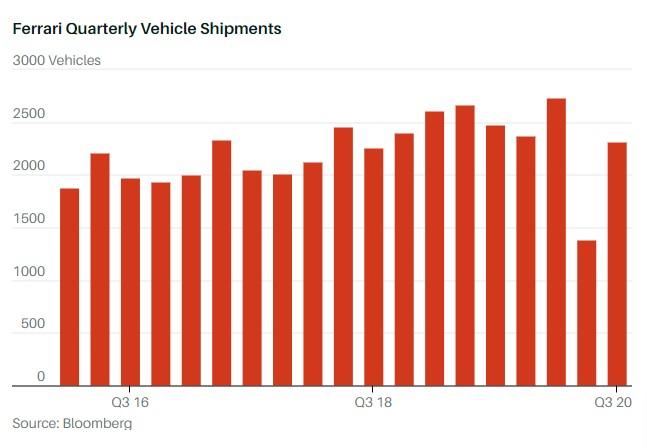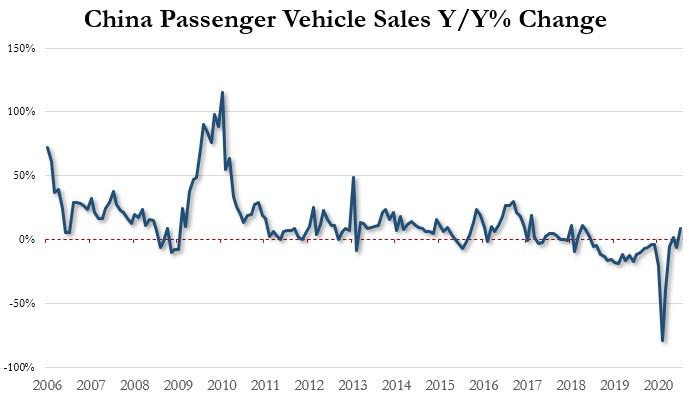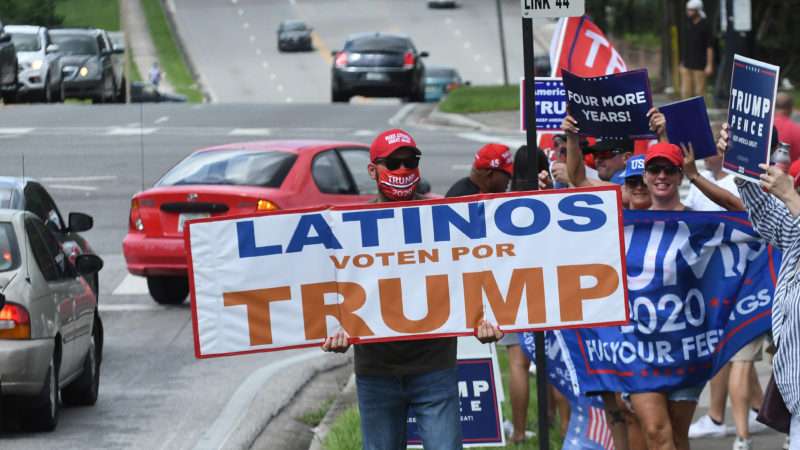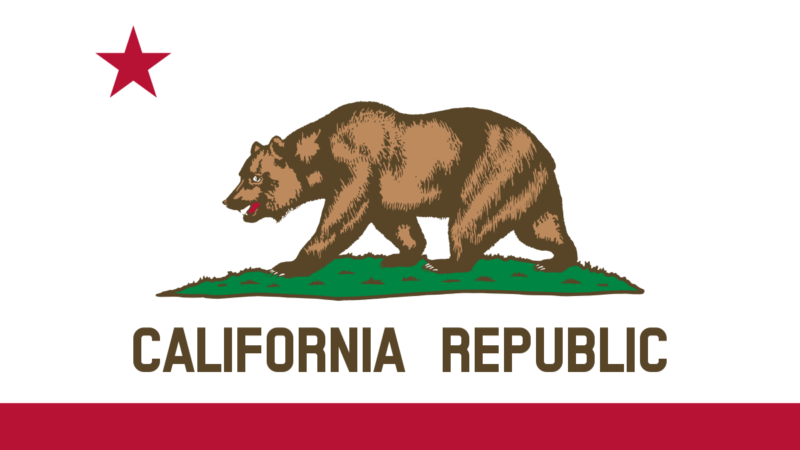
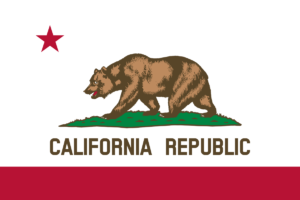
While the final vote count is not yet known, I am happy to report that there have been good results on at least three of the four important California ballot measures that I discussed in this post. California voters overwhelmingly rejected Proposition 16 (which would have legalized racial, ethnic and gender preferences) preferences in admissions to state universities, and the hiring of government employees and contractors. They also rejected Proposition 21, which would have expanded rent control in the state. On the other hand, they voted for Proposition 22, which exempts app-based transportation and delivery drivers (like those work for Uber and Lyft) from California’s terrible AB 5 law, which forces employers to classify these and many other “gig economy” workers as full-time employees. All three of these results appear to have been decided by large double digit margins.
The vote is still too close to call on Proposition 15, which would eliminate some key limitations on property taxes. But as of the time I am writing this post, the “no” side has a narrow lead of about 3 points, with over 70% of the vote counted. If that lead holds up, it too would be a good result.
In my previous post on these ballot measures, I explained their broader significance for the nation, as well as for the state of California. I am a particularly hopeful that the defeat of Proposition 21 will break the momentum of the broader national movement to expand rent control, and that the success of 22 will undermine efforts to pass imitations of AB 5 in other states or—worse still—enact a nationwide version.
NOTE: As indicated in my last post, my wife Alison Somin has been involved in efforts to oppose Proposition 16. Her employer, the Pacific Legal Foundation, has represented plaintiffs in litigation challenging the constitutionality of AB 5. I do not have any financial stake in either effort, and my views on both issues are ones I have held since long before Alison took a position at PLF in May of this year. But I disclose this information for the sake of transparency, and to avoid any imputation that I’m somehow hiding a conflict of interest.
from Latest – Reason.com https://ift.tt/3l0OK4J
via IFTTT

